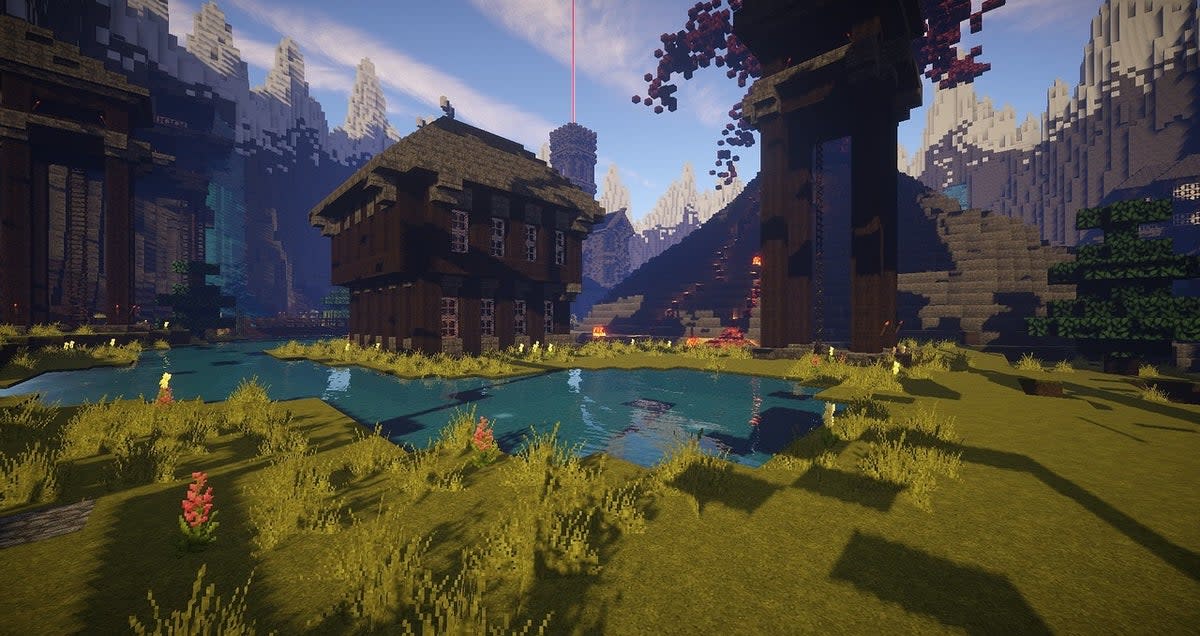‘Entire known universe’ recreated in Minecraft by a teenager

A teenager has created ‘the entire known universe’ in Minecraft over the course of two months.
Christopher Slayton meticulously replicated the Earth, as well as planets, stars, galaxies, and space gas - using a globe to "measure the exact location of every continent to perfectly replicate the planet."
In the video, the 18-year-old Mr Slayton explained that he started skydiving so he could see the planet from a different perspective, before using mathematical concepts to make sure that the universe was made to an accurate scale.
In order to fit all of the planets in the universe into the simulation, every planet would need to be 700,000 times smaller - proportionally meaning that a single Minecraft block would take five days to walk across in the real world.
Eventually, Mr Slayton was working on structures that were so large the Earth could fit into a single block - the Sun. He used the brightest blocks in the game to build the star, adding solar flares to make it “feel alive”.
Building even larger structures - such as the Pillars of Creation, elephant trunks of interstellar gas and dust in the Eagle Nebula - took Mr Slayton two days to simply make the colours accurate, before painting the stars and their shine in the background.
Constructing a black hole was one of the most challenging parts of the build, although rather than having Minecraft blocks swallowed up by the object as would occur in real life, Mr Slayton made three curved structures that blended into each other to create the illusion of a black hole.
Many other impressive builds have been made in Minecraft. In 2020, over 100,000 created a life-size recreation of the Earth, bypassing the game’s built-in height limit to recreate Mount Everest and the Grand Canyon at their full scale.
The game is also a powerful learning tool for geography, history, and even finance. "Minecraft exposes children to sophisticated financial systems," TeacherGaming co-founder Joel Levin told The Independent in 2015.
"Perhaps the most effective experiences come from having teachers get out of the way and letting the students play organically. With a bit of coaching, this type of experience can lead to amazing conversations about digital citizenship, online identity and responsibility."

